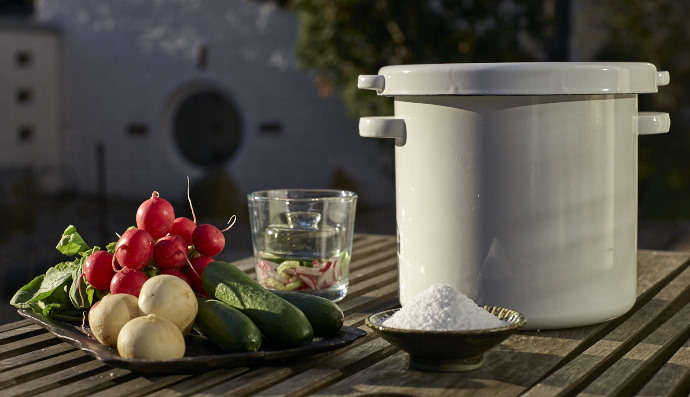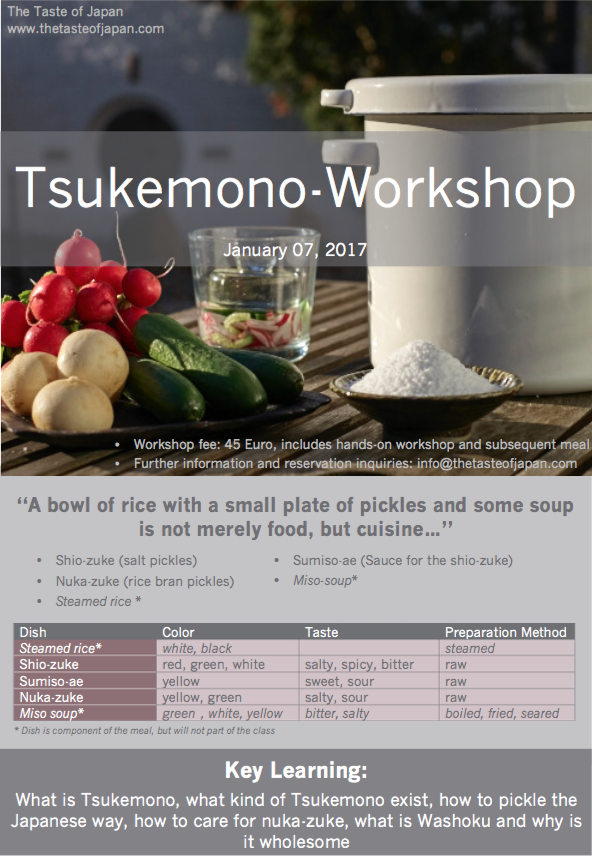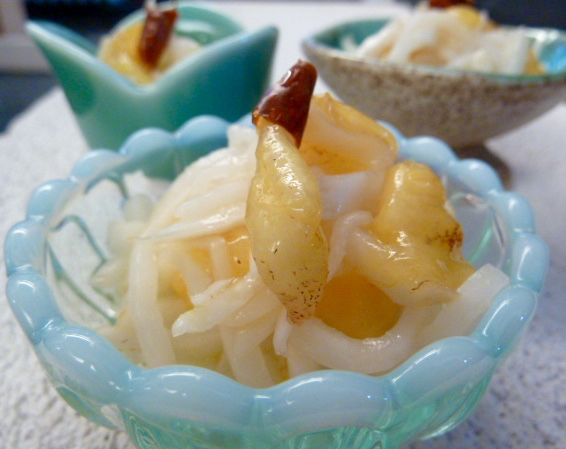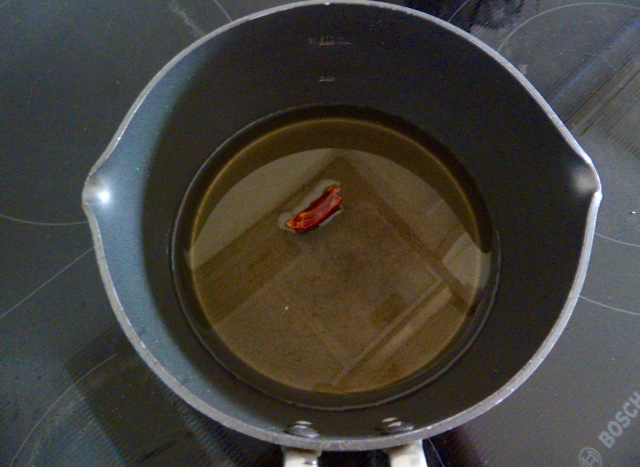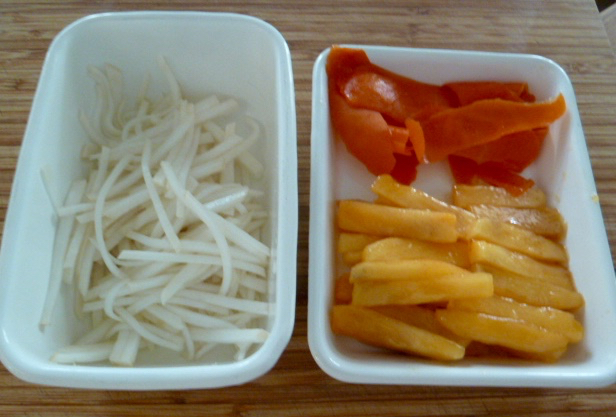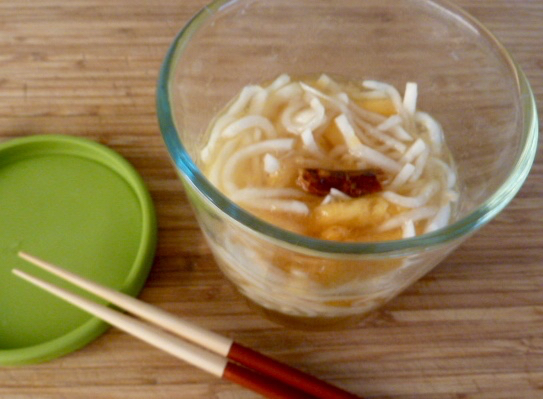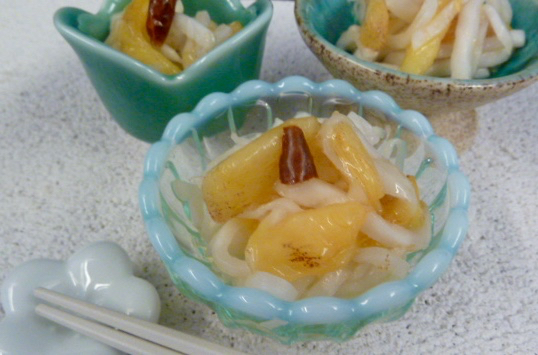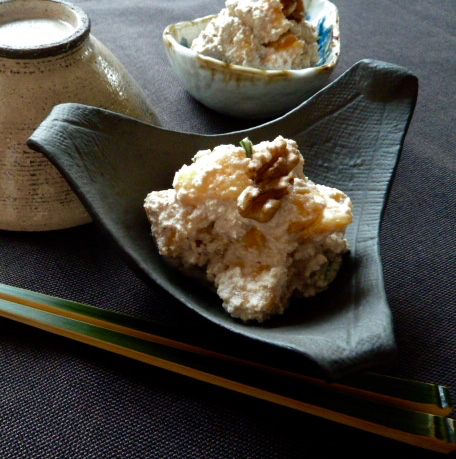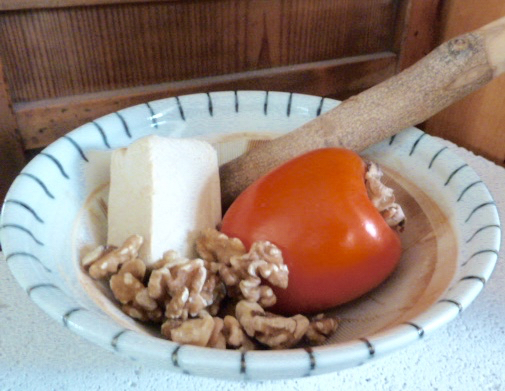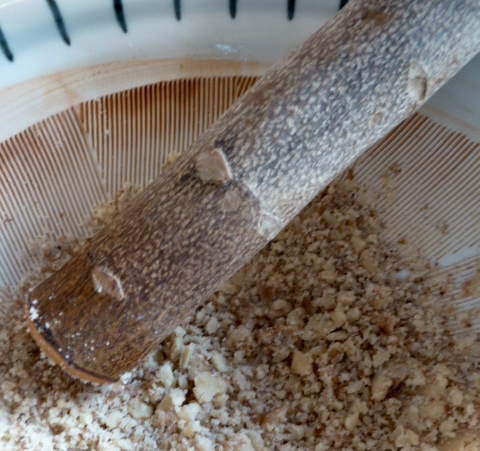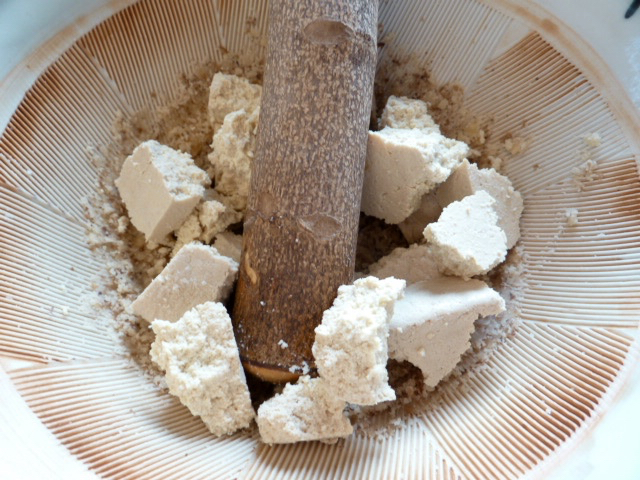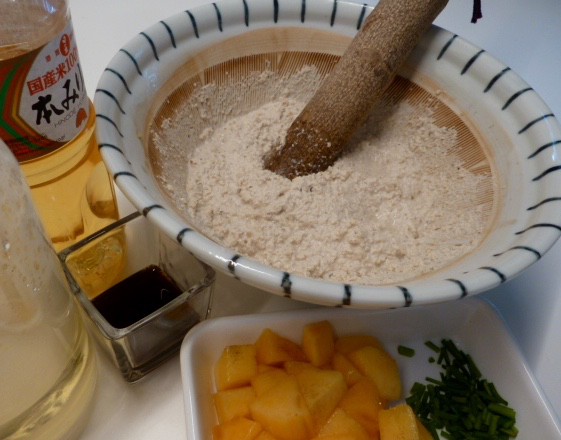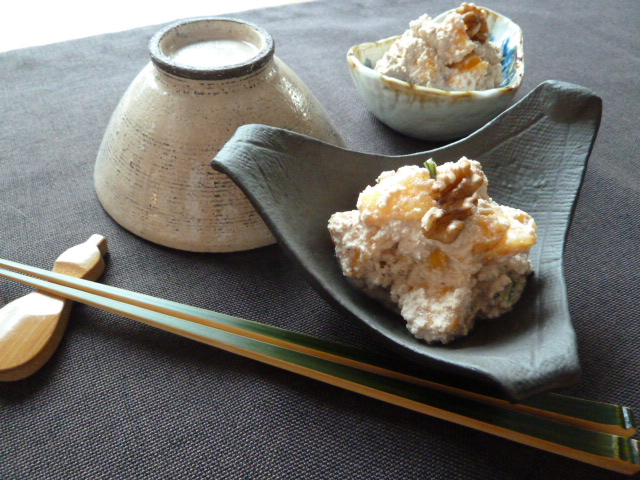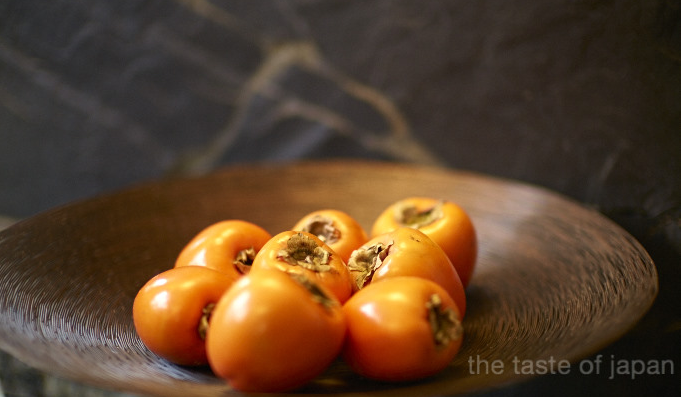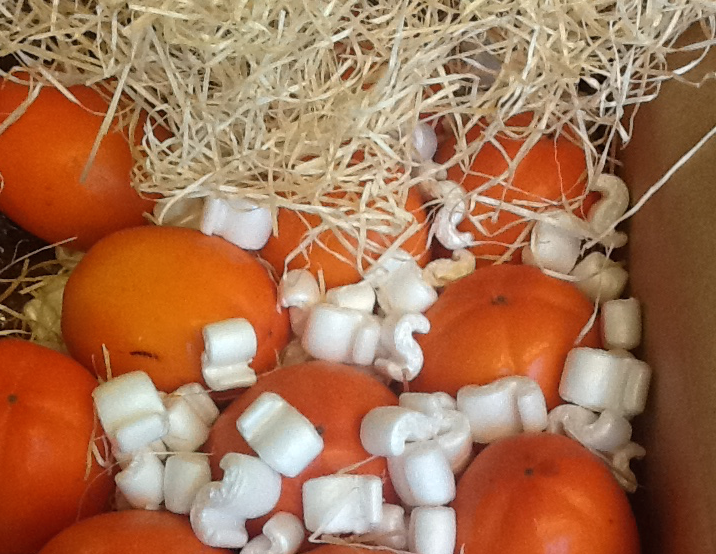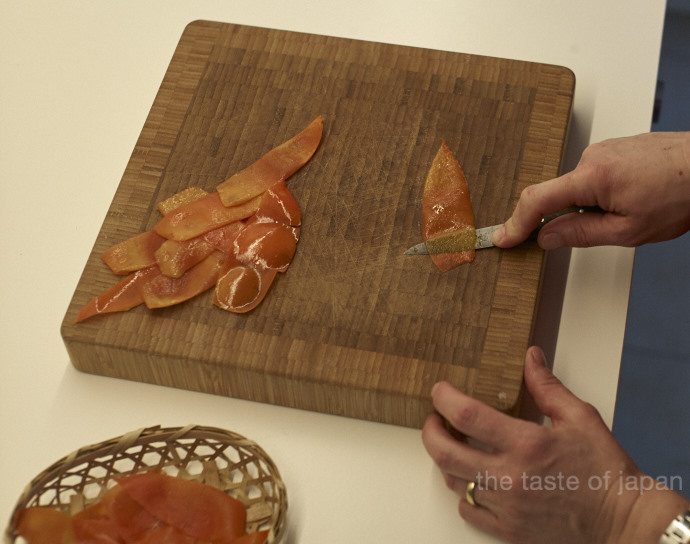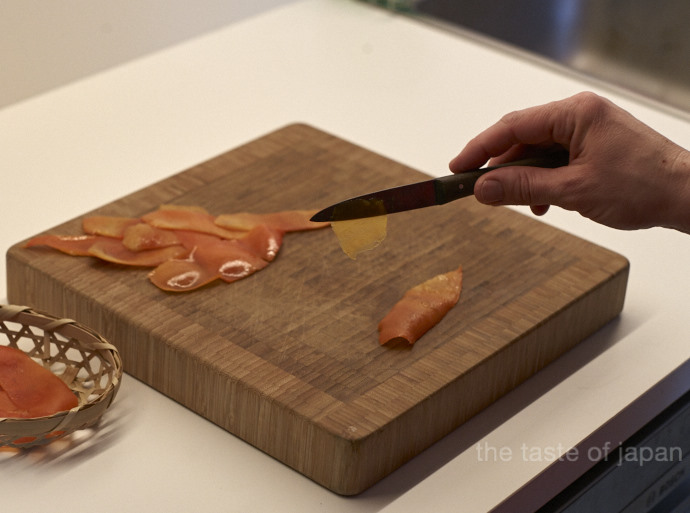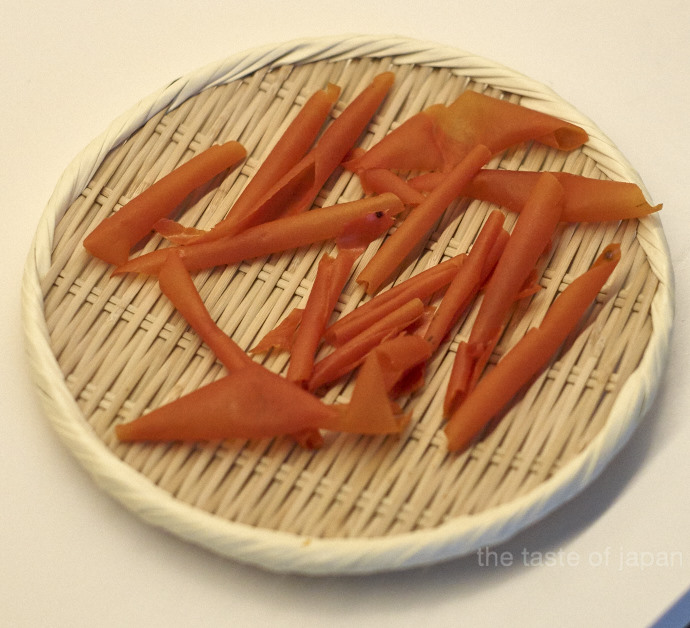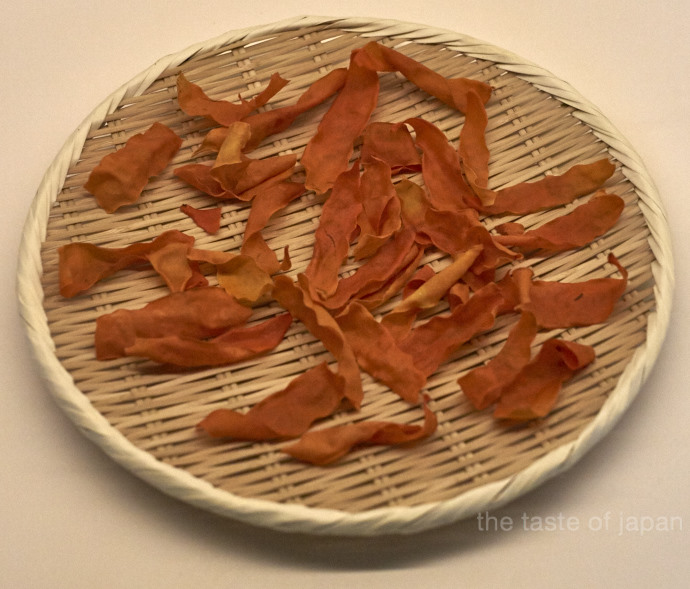I am excited to announce that I have my first cooking workshop coming up next Saturday in Berlin at the Nion Japanese Pop-up Store in Kreuzberg. Participants will learn the basics about Tsukemono, the Japanese way of preserving and fermenting food and will get to start their own nuka-pot, a very traditional way of fermenting that can be kept for years and years.
There is still room for a few more participants, so if you live in Berlin or are in the area and want to dig into fermentation, just drop me a line (d.maas@theatsteofjapan.com). The workshop-fee includes all materials and a subsequent meal according to the Washoku-guidelines, which I will introduce in more detail during our early dinner. Please see below the flyer and more details on the upcoming workshop.
As for the nuka-pot that you should bring: you can easily find something suitable online. With a search for”Gärtopf” you’ll find various offers for glazed ceramic pots (e.g. www.gärtopf.de) or check www.emaille24.de to find an enamel lined pot similar to the one you can see on the picture.
What is Tsukemono
“a bowl of rice with a small plate of pickles and some soup is not merely food, but cuisine…”
Tsukemono translates to ‘pickled things’. Preserved vegetables that are staple food in the Japanese diet. But Tsukemono is so much more than simple pickling. There are a wide variety of methods that are used for ‘pickling’. Throughout history, the Japanese have found wonderfully delicious innovative ways for transforming and preserving their food.
Do you know what to expect?
In this approx. 2,5-hour workshop you will get basic skills and knowledge regarding the traditional/classical methods in preparing two different kind of Tsukemono. One will be a quick pickle that will be ready for you to taste at the end of the workshop. An easy way of fermenting that offers a myriad of variations for you to try at home. The second type is ‘nuka-zuke’, one of the most traditional Japanese Tsukemono. You will get to start your own ‘nuka-pot’ to take home with you for future fermentation in your own kitchen.
What you need to bring along
- Knife
- Cutting Board
- Container with a lid that holds approx. 4-5 l and 18-20 cm diameter
- Ideally ceramic (glazed inside) or enamel lined metal (look for a straight edged ‘Gärtopf’-type of container).
- The container should have been washed and disinfected using boiling water prior to the workshop
